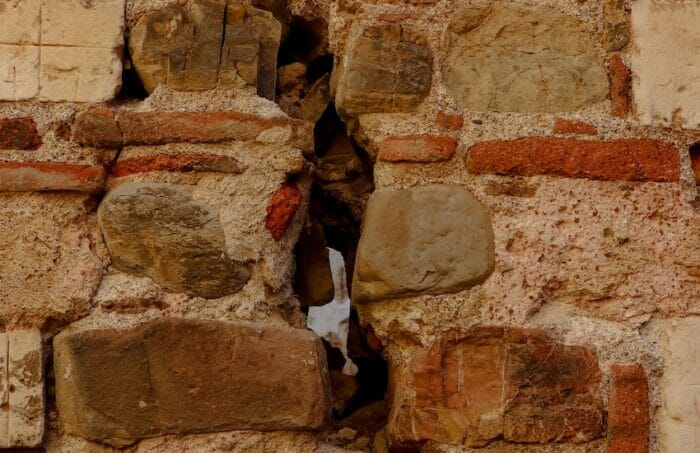There’s no getting around it – the weather is unpredictable. One day it might be sunny and warm, and the next you could be dealing with a blizzard. That’s why it’s important to be prepared for anything that Mother Nature might throw your way. If you’re wondering how to protect your home against horrible weather, you’ve come to the right place! In this blog post, we will discuss 15 ways to keep your home safe during extreme weather conditions.

Have Your Roof Inspected
Make sure to routinely have a professional inspect your home’s roof for any signs of deterioration or damage. Catching a problem early can save you from costly repairs in the future. Also, be sure to replace any missing or broken shingles in order to avoid water damage.
Clean Out Gutters and Downspouts
Gutters help to move water away from your home, but if they’re clogged up with leaves, twigs, and other debris then that water may not be able to flow correctly. Be sure to clean out all gutters and downspouts at least twice a year.

Check Window Seals and Caulking
Over time, window seals can crack and wear away due to weathering, allowing cold air drafts into your home and driving up heating costs. Inspect all of the windows in your home to make sure that the seals and caulk are still intact.
Trim Trees and Shrubs
Trees, shrubs, and other foliage can cause damage to your roof if they’re too close to it. Make sure to trim any branches or vegetation that may be growing near your roofline.
Install Storm Shutters
Storm shutters can provide an extra layer of protection for your windows during extreme weather conditions. These are especially important if you live in an area prone to tornadoes and hurricanes.
Reinforce Garage Doors
Given their large size, garage doors can easily become vulnerable during a storm or hurricane. Have yours inspected by a professional and reinforce it with additional bracing and supports if needed.
Install a Sump Pump
A sump pump helps to remove water from your basement or crawl space in the event of flooding. Make sure you have one installed and that it’s working correctly – this could save you a lot of time and money in the future! To learn about sump pumps, click here.
Cover Outdoor Furniture
Keep outdoor furniture safe during bad weather by investing in covers for them or storing them inside your home when not in use. This will help protect them from being damaged by wind, rain, or hail.
Check Siding for Cracks
The siding on your home can become brittle over time due to sun exposure, causing cracks and other damage. Be sure to check your siding periodically and make any necessary repairs or replacements.
Invest in a Generator
In the event of an extended power outage due to severe weather, having a generator can be incredibly useful. A generator will provide power to essential appliances like your refrigerator, lights, and more so you don’t have to go without them.
Inspect HVAC Unit
Have a professional inspect your home’s heating and air conditioning unit at least once per year for signs of wear or malfunctioning parts. This is especially important if you live in an area prone to extreme temperature changes, as it can help prevent costly breakdowns.
Have Your Basement Waterproofed
If your home has a basement, it’s essential to have it waterproofed. This will help protect the area from flooding and damage due to water seepage.
Install Surge Protectors
Surge protectors can help protect your electronics against power surges that can occur during storms or other extreme weather events. Make sure you have surge protectors installed on all of your appliances before bad weather hits!
Invest in Roof Anchors
If you live in an area prone to tornadoes and hurricanes, roof anchors are a must-have for protecting your home from being damaged by these violent winds. Have a professional install them properly so they can provide the most effective protection.
Check for Leaks
Check for leaks in your roof, windows, and doors on a regular basis. If you notice any gaps or cracks around these areas, have them repaired right away to prevent further damage and costly repairs down the line.
Taking these steps now can help protect your home against storm damage in the future. By staying proactive with maintenance and investing in necessary equipment, you can make sure that your home is as safe and secure as possible during severe weather conditions.
